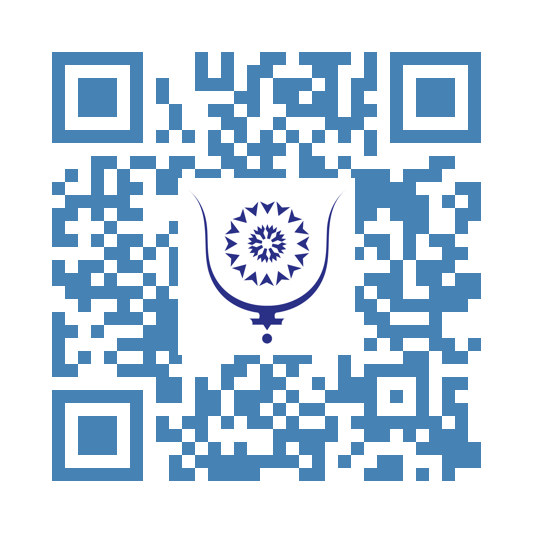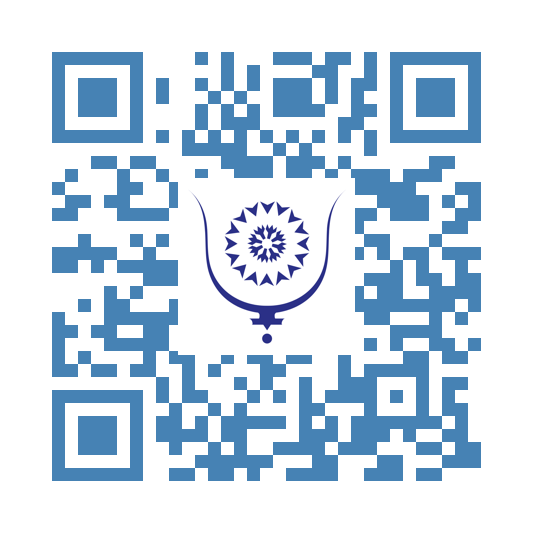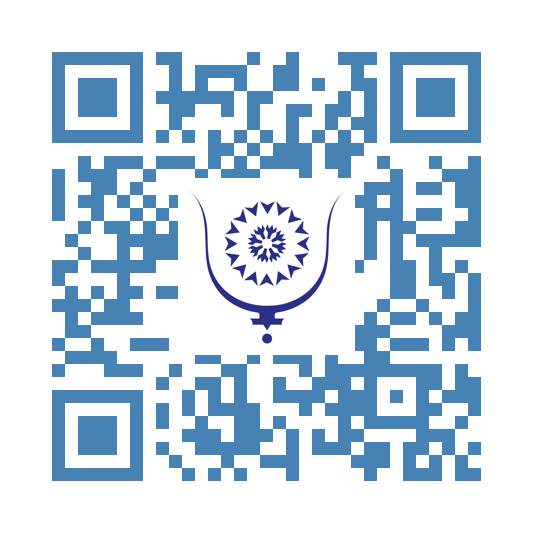Halte à « l’overdose » médicamenteuse chez les personnes âgées ! 1418
Des prescriptions de médicaments trop souvent inadéquates et potentiellement dangereuses pour les personnes âgées !
Plus on vieillit, plus on risque de souffrir de maladies chroniques, notamment auto-immunes, nécessitant des traitements au long cours. Il est alors important de bénéficier d’un usage optimum des médicaments.
Ce qui est loin d’être le cas si l’on se réfère à de nombreuses études internationales, en Europe comme en Amérique, qui montrent que : plus de 25 % des prescriptions médicales des personnes de plus de 65 ans sont potentiellement inappropriées (contenant au moins un médicament inadéquat), 40 % des prescriptions des plus de 75 ans sont inappropriées, et que la majorité de ces derniers sont soumis à une polymédication (plus de 5 médicaments) parfois délétère. Pire encore, l’enquête EPI-PHARE publiée en 2023 en France a dévoilé que la prévalence de ces prescriptions préjudiciables était de 33% supérieure chez les résidents en EHPAD par rapport aux personnes âgées vivant à domicile !
QU’EST-CE QU’UN MEDICAMENT POTENTIELLEMENT INAPPROPRIE ?
Se définit comme médicament potentiellement inapproprié (MPI) celui pour lequel les risques sont supérieurs aux bénéfices. Ce phénomène a plusieurs raisons : la tendance du malade à attendre une solution thérapeutique à tout trouble et à être mécontent de sortir du médecin sans ordonnance ; la fragmentation des soins sans bonne coordination, quand le patient reçoit des médicaments de différents médecins ; le désir des médecins de bien guérir tous les troubles par la prescription la plus complète, trop même car créatrice d'autres déséquilibres…
Résultat de tout cela : un tiers des hospitalisations des séniors dans les pays développés est lié directement ou indirectement à un mauvais usage thérapeutique ! Ce constat global est également valable au Maroc.
UNE MOINDRE TOLÉRANCE AUX MÉDICAMENTS AVEC L’ÂGE
Avec le vieillissement, des changements se produisent dans le corps rendant la personne âgée (PA) plus sujette aux effets secondaires des médicaments. La quantité totale d’eau de l’organisme diminue alors que la quantité de tissu adipeux augmente. Ainsi, les médicaments solubles dans l’eau deviennent plus concentrés et ceux solubles dans la graisse s’accumulent davantage dans cette dernière. De plus, les reins sont moins capables d’excréter les médicaments dans l’urine et le foie est moins capable de décomposer de nombreux médicaments. De ce fait, les médicaments restent en plus grande quantité et plus longtemps dans l’organisme que chez un adulte de 30/40 ans et leur passage est plus agressif dans le cerveau. Ainsi, le paracétamol, un antalgique utilisé contre la douleur et/ou la fièvre, s’élimine deux fois plus lentement, le diazepam (valium), un tranquillisant, quatre fois plus lentement : il faut 80 heures - 3 jours ! - pour éliminer la moitié de la dose donnée de ce dernier. Avec une prise quotidienne, une thérapeutique peut alors s’accumuler jusqu’à l’intoxication.
DES EFFETS SECONDAIRES AUX CONSEQUENCES PARFOIS DESASTREUSES !
Fatigue excessive, diminution de l’appétit, perte de poids, vertiges, malaise... Les signes d’un accident médicamenteux sont assez banals en général.
Plusieurs catégories de médicaments sont plus susceptibles d'entraîner des effets indésirables, en particulier certains antalgiques, anticoagulants, antihypertenseurs, antiparkinsoniens, diurétiques, hypoglycémiants et psychotropes. La sur-médication (plus de 5 médicaments) est souvent nocive car on ne maîtrise pas bien les interactions entre les différentes molécules.
Mal employés, certains médicaments sont responsables de véritables pathologies comme la dépression, la dénutrition (par baisse de l'appétit et du goût), les chutes, l’état de somnolence, la confusion aigüe ou encore les neuropathies.
Un usage inconsidéré d’antihypertenseurs peut aussi provoquer des baisses trop importantes de la tension, source alors d’étourdissements, de vertige et des chutes, aux conséquences lourdes : la fracture du col du fémur est ainsi souvent à l’origine de la perte d'autonomie et même de la mort.
L’ABSENCE D’UN MEDECIN « REFERENT » AU MAROC DOMMAGEABLE A LA COHERENCE THERAPEUTIQUE
La situation au Maroc est complexe. Jusqu’à présent, beaucoup de personnes ne bénéficiaient pas des traitements nécessaires faute de moyens financiers. La généralisation de l’assurance maladie a beaucoup amélioré l’accès aux soins. Pour ceux qui ont déjà des assurances, la problématique est souvent identique à celle décrite dans les pays les plus développés, sinon parfois pire !
Les séniors pratiquent encore trop un nomadisme médical, les amenant à se faire soigner à la fois ou successivement par plusieurs médecins en fonction de leurs pathologies. D’où une tendance à la sur-médication, alors que, comme en Europe, ils devraient avoir un seul médecin référent, le médecin de « famille », qui les prend en charge globalement en coordonnant l’ensemble des soins et en décidant des thérapeutiques. Cela peut être le médecin généraliste, le spécialiste d’une pathologie, le gériatre ou le spécialiste en médecine interne. Ce dernier est d’ailleurs reconnu comme le plus apte à prendre en charge les situations les plus complexes et polypathologiques, de par sa compétence transversale et donc globale.
La règle d’or en gériatrie est de se concentrer sur la ou les 2 ou 3 pathologies principales mais de ne pas chercher à tout prix à médicamenter les autres écarts à la normalité.
Le dernier point à souligner est enfin la bonne observance des traitements par les malades car c’est souvent leur défaillance qui pose problèmes : donc, respectez les prescriptions médicales, les recommandations des notices d’emploi et ne vous livrez pas à l’automédication !
Dr Moussayer Khadija الدكتورة خديجة موسيار
Spécialiste en médecine interne et en Gériatrie
POUR EN SAVOIR PLUS ;
– Halte à l’overdose pour les personnes âgées ! Que Choisir Santé 28/01/2015 https://www.quechoisir.org/action-ufc-que-choisir-medicaments-halte-a-l-overdose-pour-les-personnes-agees-n14033/
– 30% des hospitalisations chez les personnes âgées liées à une médication inappropriée, Communiqué Université catholique de Louvain (UCL) 30 septembre 2016 https://cdn.uclouvain.be/public/Exports%20reddot/ac-arec/documents/30-09-2016_cp_A_Spinewine_medication_inappropriee_pers_agees.pdf
- Catégories de médicaments qui méritent une vigilance chez le patient âgé – Manuel MSD https://www.msdmanuals.com/fr/professional/g%C3%A9riatrie/traitement-m%C3%A9dicamenteux-chez-les-personnes-%C3%A2g%C3%A9es/cat%C3%A9gories-de-m%C3%A9dicaments-qui-m%C3%A9ritent-une-vigilance-chez-le-patient-%C3%A2g% C3%A9
- Solène Drusch , Mahmoud Zureik , Marie Herr Potentially inappropriate medications and polypharmacy in the older population : A nationwide cross-sectional study in France in 2019 , Elsevier Therapies September–October 2023, Pages https://doi.org/10.1016/j.therap.2023.02.001




